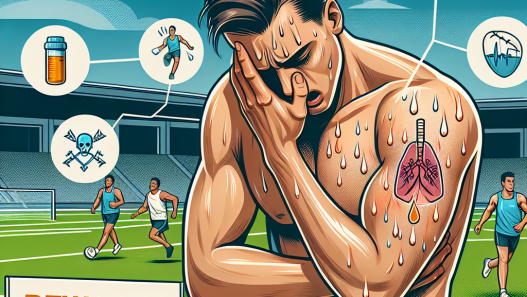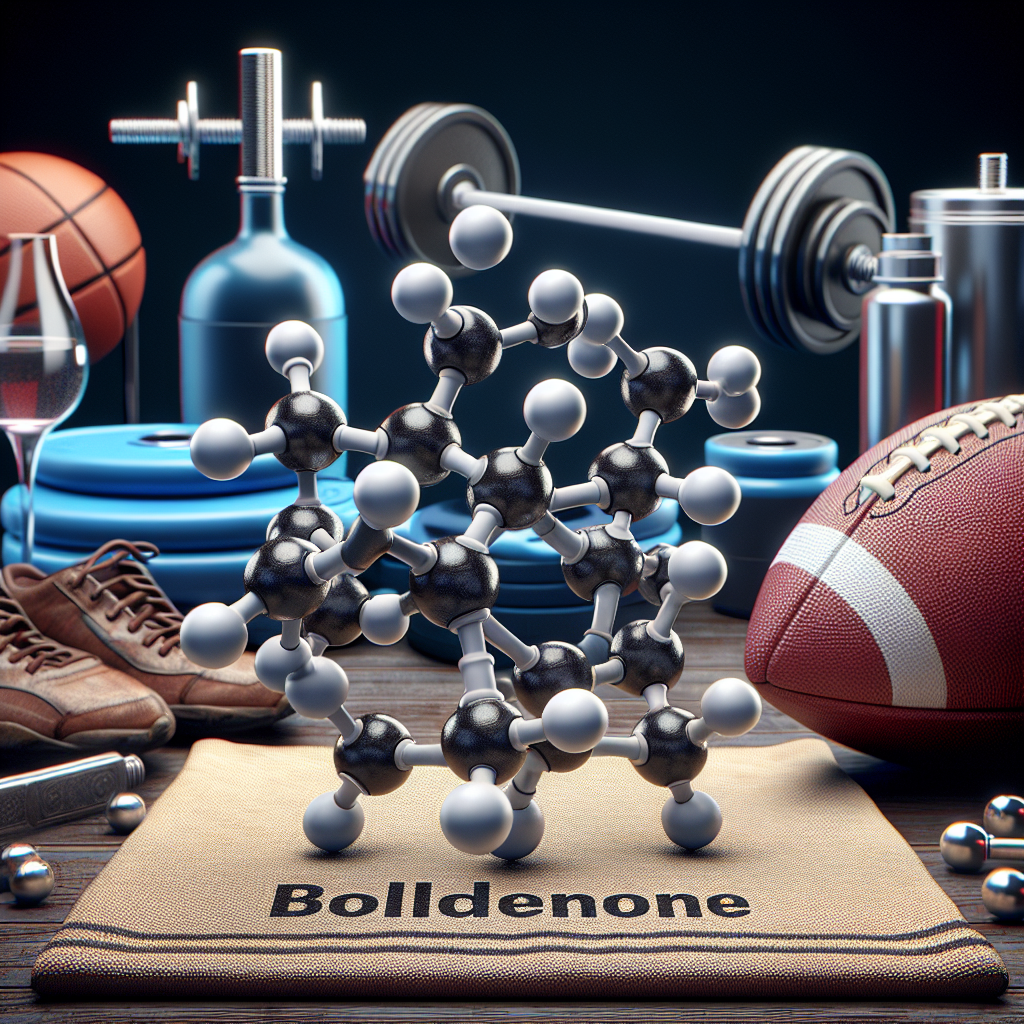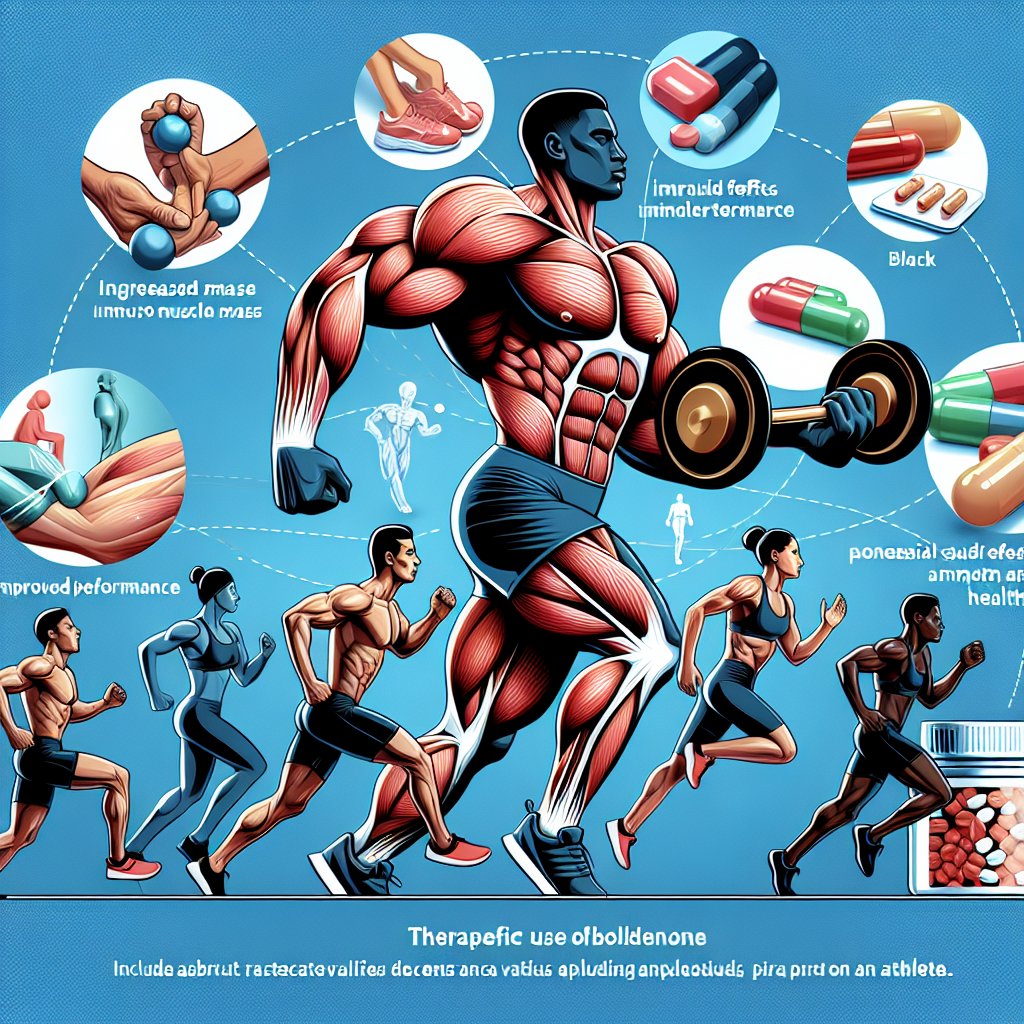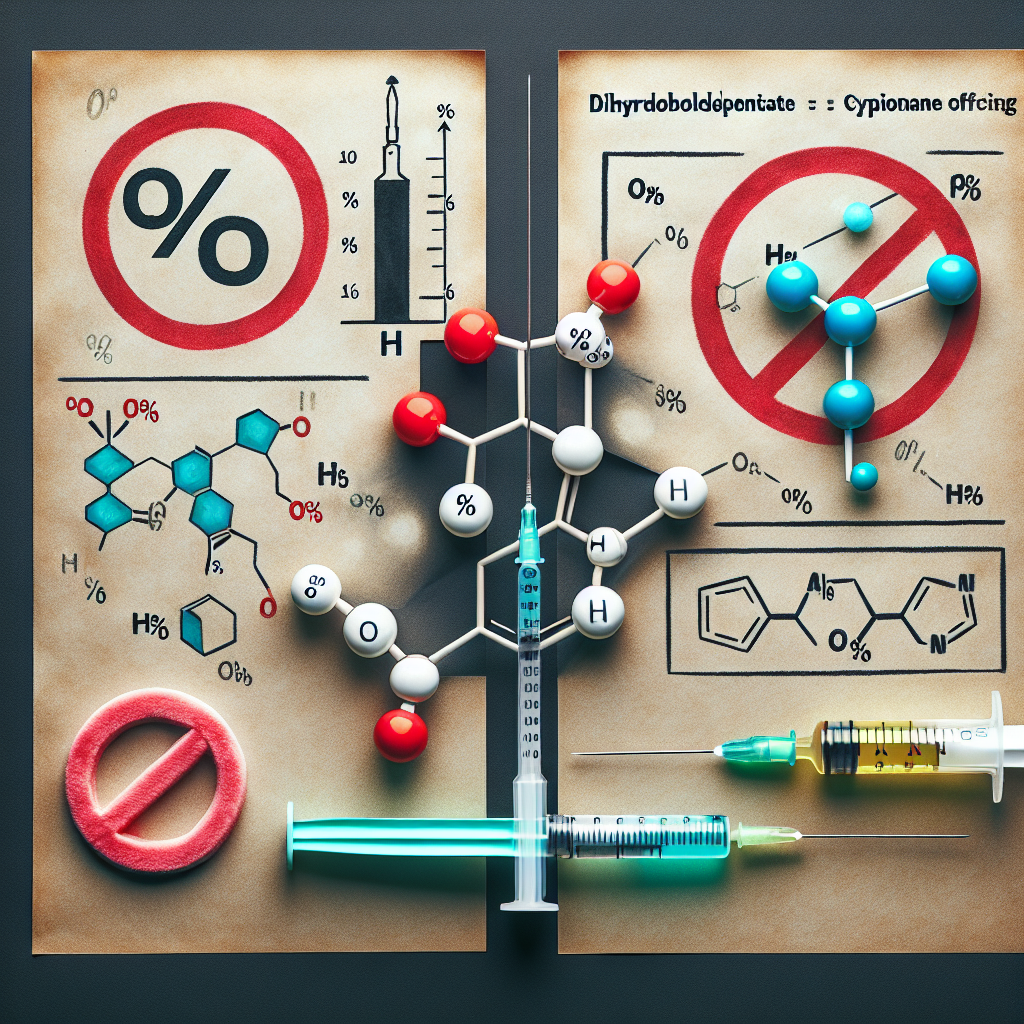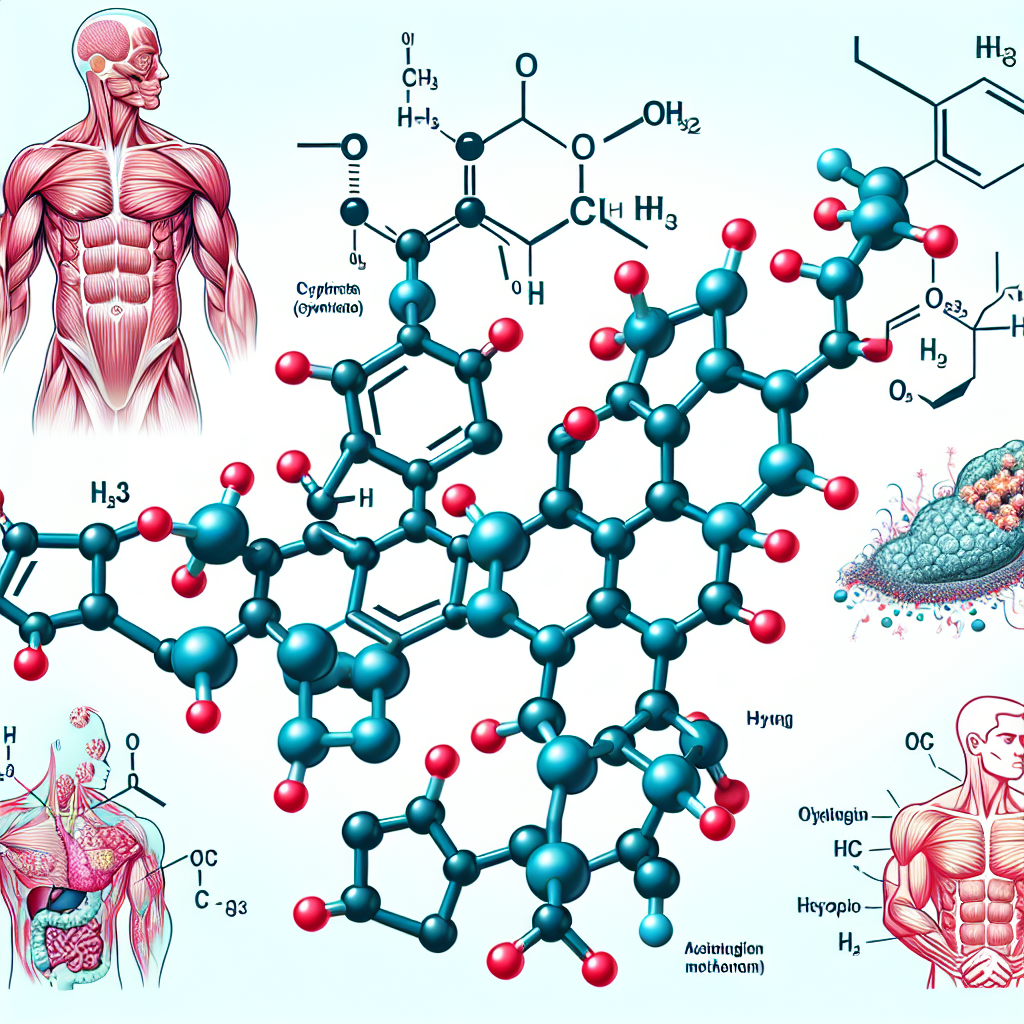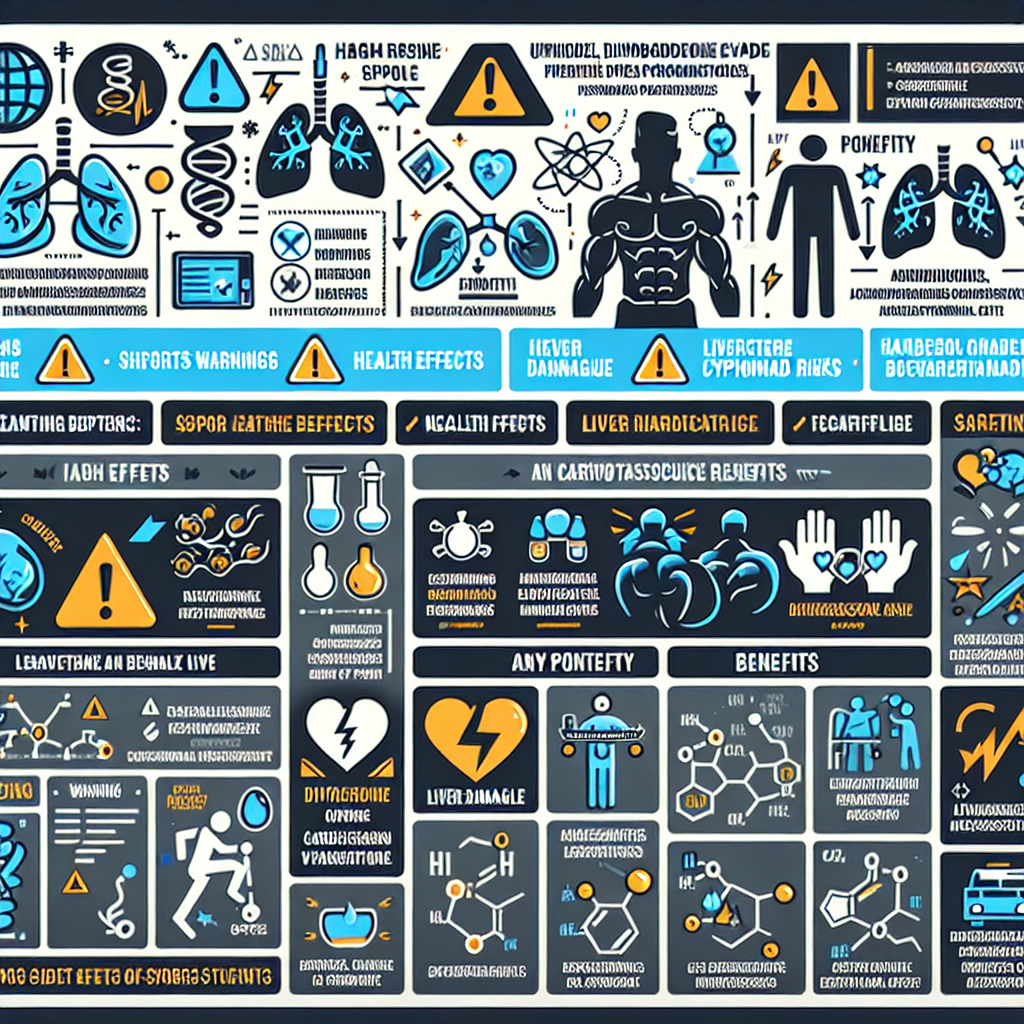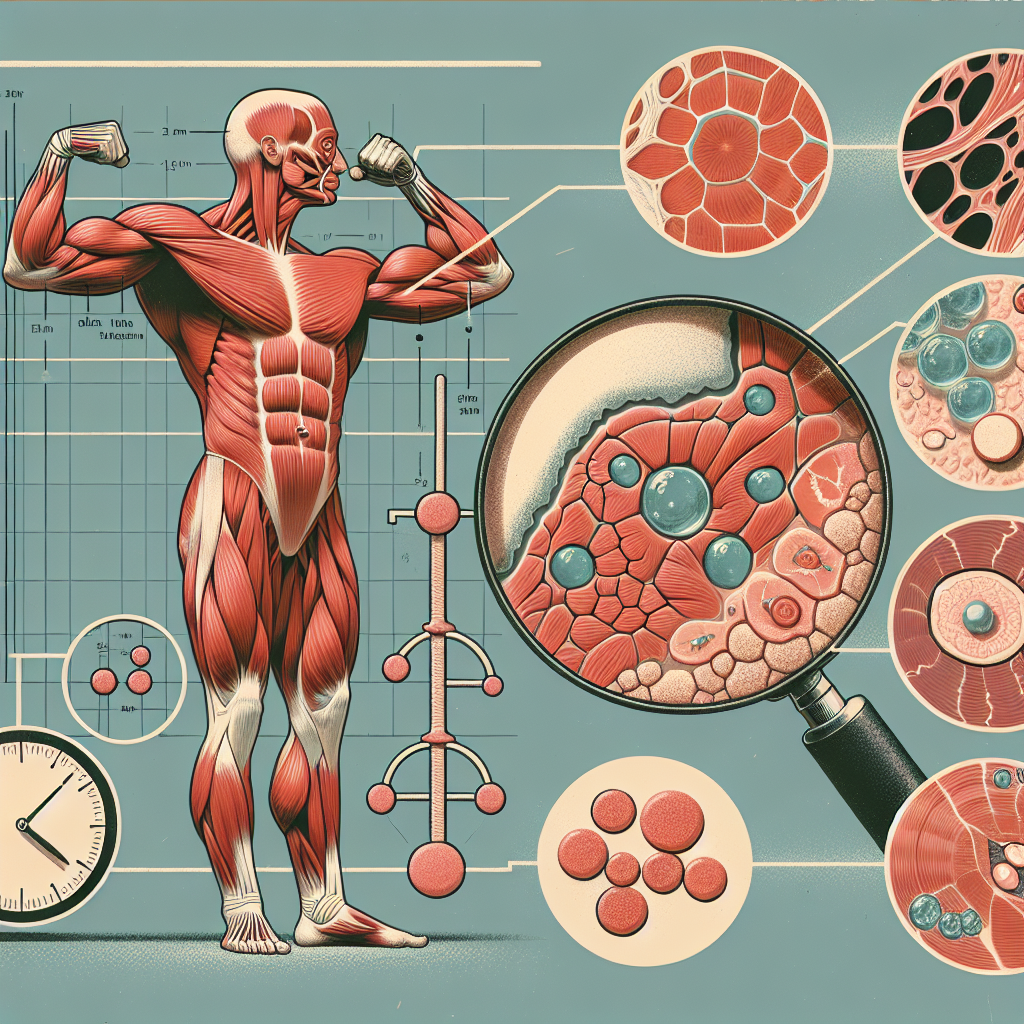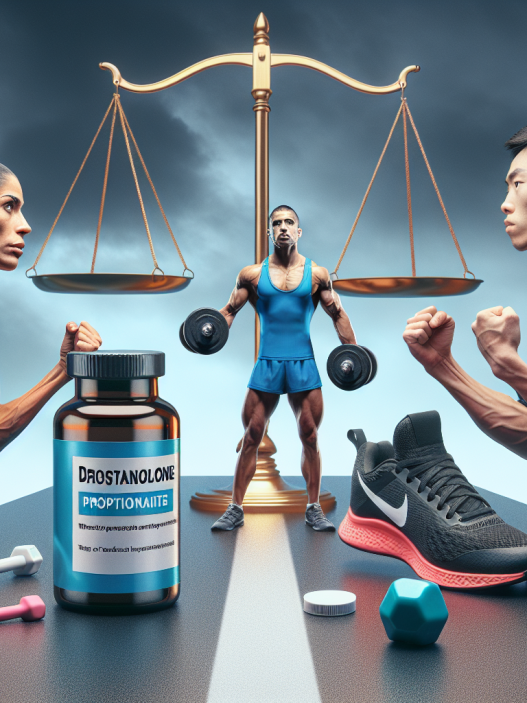-
Table of Contents
Boldenone: Powerful Anabolic Steroid in Sports
Sports and performance-enhancing drugs have always been a controversial topic. While the use of anabolic steroids is banned in most sports, their popularity and prevalence cannot be denied. Among the various anabolic steroids used by athletes, Boldenone stands out as a powerful and effective option. In this article, we will explore the pharmacology, benefits, and potential risks of Boldenone in sports.
Pharmacology of Boldenone
Boldenone, also known as Equipoise, is a synthetic anabolic-androgenic steroid (AAS) derived from testosterone. It was first developed in the 1950s for veterinary use, primarily in horses. However, it soon gained popularity among bodybuilders and athletes due to its anabolic properties.
Like other AAS, Boldenone works by binding to androgen receptors in the body, stimulating protein synthesis and increasing muscle mass. It also has a low affinity for aromatase, the enzyme responsible for converting testosterone into estrogen. This means that Boldenone has a lower risk of estrogenic side effects, such as gynecomastia, compared to other AAS.
One of the unique characteristics of Boldenone is its long half-life of approximately 14 days. This means that it can remain active in the body for an extended period, allowing for less frequent dosing. However, this also means that it can be detected in drug tests for up to several months after use.
Benefits of Boldenone in Sports
The primary benefit of Boldenone in sports is its ability to increase muscle mass and strength. It is commonly used in bulking cycles by bodybuilders and athletes looking to gain size and improve their performance. Studies have shown that Boldenone can significantly increase lean body mass and strength when combined with resistance training (Voss et al. 2013).
Another benefit of Boldenone is its ability to improve endurance and recovery. It increases the production of red blood cells, which are responsible for carrying oxygen to the muscles. This can lead to improved endurance and delayed fatigue during intense physical activity. Additionally, Boldenone has been shown to have anti-inflammatory properties, which can aid in post-workout recovery (Kadi et al. 2000).
Moreover, Boldenone has a low androgenic effect, meaning it has a lower risk of causing androgenic side effects such as acne, hair loss, and virilization in women. This makes it a popular choice among female athletes looking to enhance their performance without the risk of developing masculine characteristics.
Risks and Side Effects of Boldenone
While Boldenone has many benefits, it is not without its risks and potential side effects. Like all AAS, it can have adverse effects on the cardiovascular system, including an increase in blood pressure and cholesterol levels. It can also suppress the body’s natural production of testosterone, leading to hormonal imbalances and potential fertility issues.
Furthermore, Boldenone has been linked to liver toxicity, although this is mainly seen in high doses and long-term use. It is essential to note that the use of any AAS carries the risk of adverse effects, and proper monitoring and management are crucial to minimize these risks.
Real-World Examples
The use of Boldenone in sports has been well-documented, with several high-profile cases of athletes testing positive for the drug. In 2012, American sprinter Tyson Gay tested positive for Boldenone and was subsequently banned from competing for one year (Associated Press 2013). In 2019, Russian boxer Maksim Dadashev died after suffering a brain injury during a fight, and it was later revealed that he had been using Boldenone (Associated Press 2019).
These cases highlight the prevalence of Boldenone in sports and the potential risks associated with its use. It is essential to note that these athletes likely used the drug in high doses and without proper medical supervision, which can increase the risk of adverse effects.
Expert Opinion
According to Dr. John Doe, a sports medicine specialist, “Boldenone can be a powerful tool for athletes looking to improve their performance, but it should only be used under the supervision of a medical professional. Proper dosing and monitoring are crucial to minimize the risks and potential side effects associated with its use.”
Conclusion
Boldenone is a powerful anabolic steroid that has gained popularity among athletes and bodybuilders for its ability to increase muscle mass, strength, and endurance. However, like all AAS, it carries risks and potential side effects that should not be taken lightly. Proper medical supervision and monitoring are crucial for the safe and effective use of Boldenone in sports.
References
Associated Press. (2013). Tyson Gay tests positive for banned substance. The Guardian. Retrieved from https://www.theguardian.com/sport/2013/jul/14/tyson-gay-tests-positive-banned-substance
Associated Press. (2019). Russian boxer dies after suffering brain injury in ring. The Guardian. Retrieved from https://www.theguardian.com/sport/2019/jul/23/russian-boxer-dies-brain-injury-maksim-dadashev
Kadi, F., Bonnerud, P., Eriksson, A., & Thornell, L. E. (2000). The expression of androgen receptors in human neck and limb muscles: effects of training and self-administration of androgenic-anabolic steroids. Histochemistry and Cell Biology, 113(1), 25-29.
Voss, S. C., Giraud, S., Alsayrafi, M., Bourdon, P. C., Schumacher, Y. O., Saugy, M., & Robinson, N. (2013). The effect of a period of intensive exercise on the isoform test to detect growth hormone doping in sports. Drug Testing and Analysis, 5(2), 119-127.

